Drive-Reduction Theory
Concept Map
Drive-Reduction Theory, developed by Clark L. Hull, posits that human behavior is driven by the need to maintain homeostasis. It explains how physiological needs create drives that lead to actions aimed at restoring balance, such as eating when hungry or seeking warmth when cold. However, the theory has limitations, as it doesn't fully address motivations stemming from social, emotional, or cognitive factors, nor does it explain behaviors that increase tension, like thrill-seeking.
Summary
Outline
Exploring the Drive-Reduction Theory of Motivation
The Drive-Reduction Theory, formulated by psychologist Clark L. Hull in 1943, suggests that human behavior is motivated by biological needs that seek to maintain homeostasis, or a stable internal state. When a physiological imbalance is detected, such as hunger or thirst, it creates an uncomfortable drive state that compels the individual to engage in behaviors to alleviate the discomfort and restore equilibrium. For example, the sensation of thirst leads to the drive to drink, which is then satisfied by consuming liquids, thus reinstating homeostasis.The Biological Underpinnings of Drive-Reduction Theory
The biological basis of the Drive-Reduction Theory is anchored in the principle of homeostasis, which involves the body's automatic efforts to maintain a constant, optimal internal environment. Physiological disruptions, like a depletion of nutrients or a deviation from optimal body temperature, trigger a drive state that motivates actions to correct the imbalance. This could manifest as eating when energy levels are low or putting on a sweater when the external temperature drops, all in an effort to return to a state of homeostatic balance.Evaluating the Strengths of Drive-Reduction Theory
Drive-Reduction Theory is adept at explaining the motivation behind a wide range of behaviors associated with biological and physiological needs. It offers a systematic approach to understanding the relationship between homeostatic imbalances, the resulting drives, and the subsequent behaviors aimed at reducing those drives. For instance, the theory effectively explains why overheating leads to the drive to seek a cooler environment, prompting actions such as moving to a shaded area or consuming cold beverages.Recognizing the Limitations of Drive-Reduction Theory
While Drive-Reduction Theory provides a solid foundation for understanding certain types of motivation, it falls short in addressing the complexities of human behavior that extend beyond physiological needs. The theory does not fully explain motivations driven by social, emotional, or cognitive desires, such as the pursuit of knowledge, artistic expression, or social status. Moreover, it does not account for behaviors that seemingly contradict the drive to reduce discomfort, such as thrill-seeking or engaging in challenging tasks for personal growth.Drive-Reduction Theory and Complex Human Motivations
The limitations of Drive-Reduction Theory become apparent when considering human behaviors that appear to increase rather than decrease physiological and psychological tension. Engaging in thrill-seeking activities, such as bungee jumping or watching horror films, suggests that factors other than physiological drives play a significant role in motivation. These behaviors indicate that humans are not solely driven by a desire to reduce discomfort but also by a need for stimulation, novelty, and the satisfaction of achieving personal goals.Concluding Thoughts on Drive-Reduction Theory
Drive-Reduction Theory remains an important concept in the study of motivation, particularly for its insights into the biological aspects of motivated behavior. It underscores the significance of homeostasis in generating drives that propel individuals to take action. Nonetheless, the theory's scope is limited, and it does not capture the full breadth of human motivation, especially in the context of psychological, social, and emotional factors. As such, while it serves as a valuable framework for understanding certain motivations, it is one of many theories that contribute to a more comprehensive understanding of why humans behave as they do.Show More
Definition
Formulated by psychologist Clark L. Hull in 1943
The Drive-Reduction Theory was created by psychologist Clark L. Hull in 1943
Biological needs and homeostasis
Homeostasis
Homeostasis is the body's automatic efforts to maintain a constant, optimal internal environment
Physiological disruptions
Physiological disruptions, such as hunger or thirst, trigger a drive state that motivates actions to correct the imbalance
Explanation of motivation
The Drive-Reduction Theory explains how biological needs and homeostasis drive human behavior
Examples
Thirst and drinking
The sensation of thirst leads to the drive to drink, which is then satisfied by consuming liquids
Overheating and seeking cooler environment
Overheating leads to the drive to seek a cooler environment, prompting actions such as moving to a shaded area or consuming cold beverages
Thrill-seeking and personal goals
Behaviors such as thrill-seeking and engaging in challenging tasks for personal growth suggest that humans are driven by a need for stimulation and the satisfaction of achieving personal goals
Limitations
Incomplete explanation of human behavior
While Drive-Reduction Theory provides a solid foundation for understanding certain types of motivation, it falls short in addressing the complexities of human behavior that extend beyond physiological needs
Lack of accounting for non-physiological motivations
The theory does not fully explain motivations driven by social, emotional, or cognitive desires
Contradictory behaviors
The theory does not account for behaviors that seemingly contradict the drive to reduce discomfort, such as thrill-seeking or engaging in challenging tasks for personal growth





